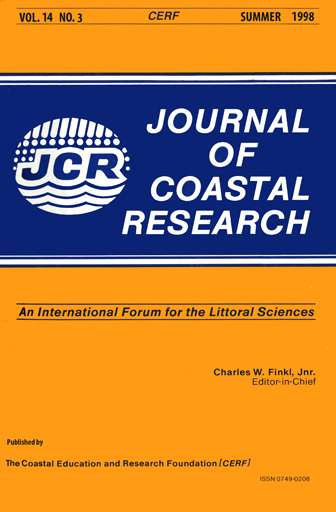Geomorphic Aspects of Mega-Boulders at Mitis Bay, Lower St. Lawrence Estuary, Québec, Canada
Keywords:
St. Lawrence Estuary, mega-boulders, iceberg rafting, shore ice processes, Holocene marine depositsAbstract
The silty-clay substrate of Mitis Bay is boulder strewn. Small and medium size clasts form pavements, ridges or barricades, whereas large boulders are isolated and scattered throughout the intertidal zone. Of the 467 mega-boulders measured, 56.1% were Precambrian erratics; the remainder were sedimentary Appalachian rocks including 27.5% sandstone, 7.8% conglomerate, 5.8% limestone, 1.6% quartzite, and 1.1% slates. The largest boulder observed measured 520 x 490 x 150 cm and weighed approximately 72 metric tons. The Precambrian erratics are derived from the Canadian Shield, situated over 50 km to the north across the St. Lawrence estuary. They were first transported to the SE by the Laurentide ice and were subsequently dropped by icebergs into the Goldthwait Sea. Some typical Appalachian erratics (coral limestone, coral conglomerate and quartzite) were moved to the NW by Appalachian ice and were later released by icebergs into the postglacial sea. Over 56% of the mega-boulders observed showed evidence of recent displacement by shore ice. The longest displacement measured is 30 m for a boulder weighing approximately 4 metric tons, and the weight of the largest boulder displaced over 10 m was 34 tons.


